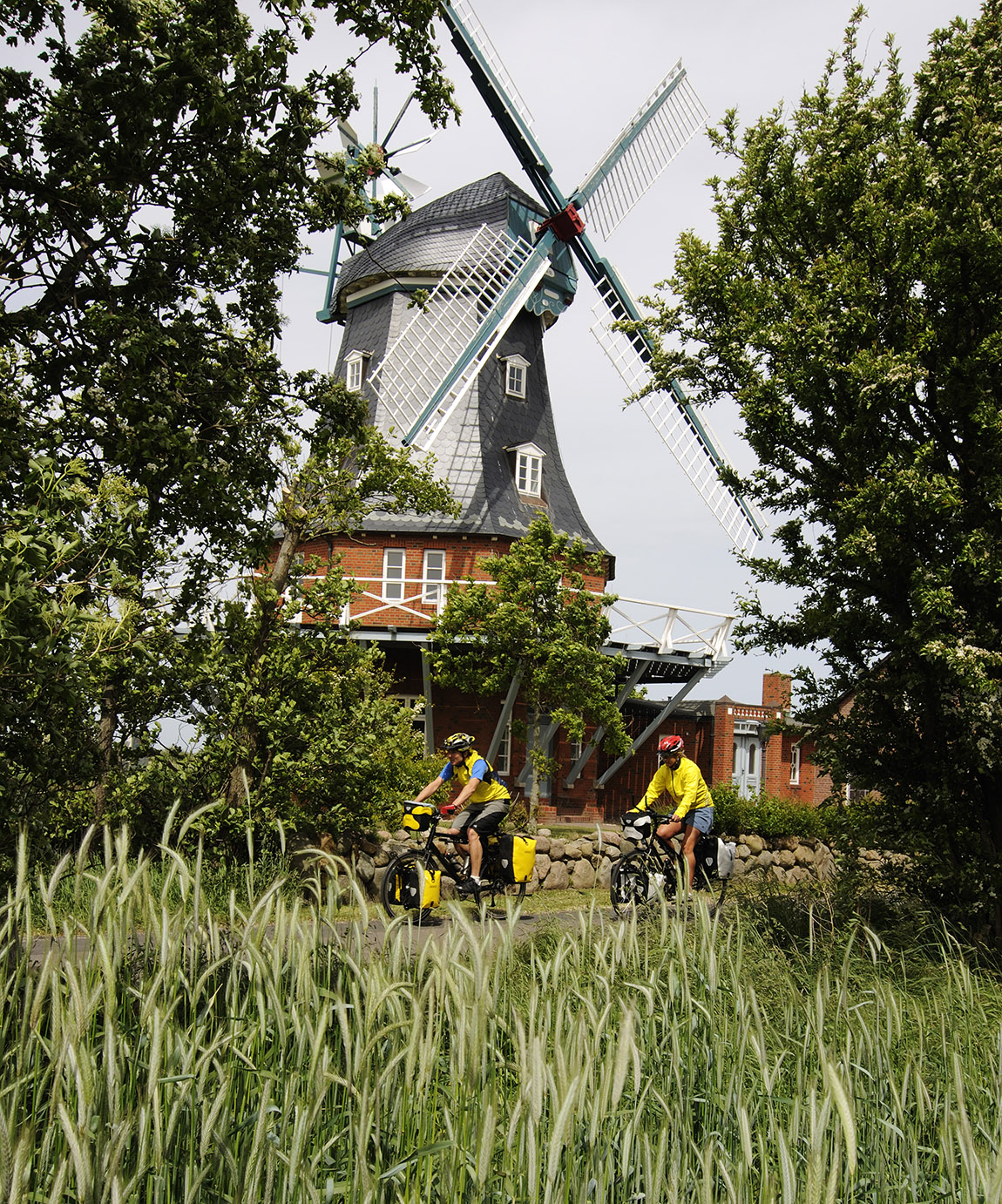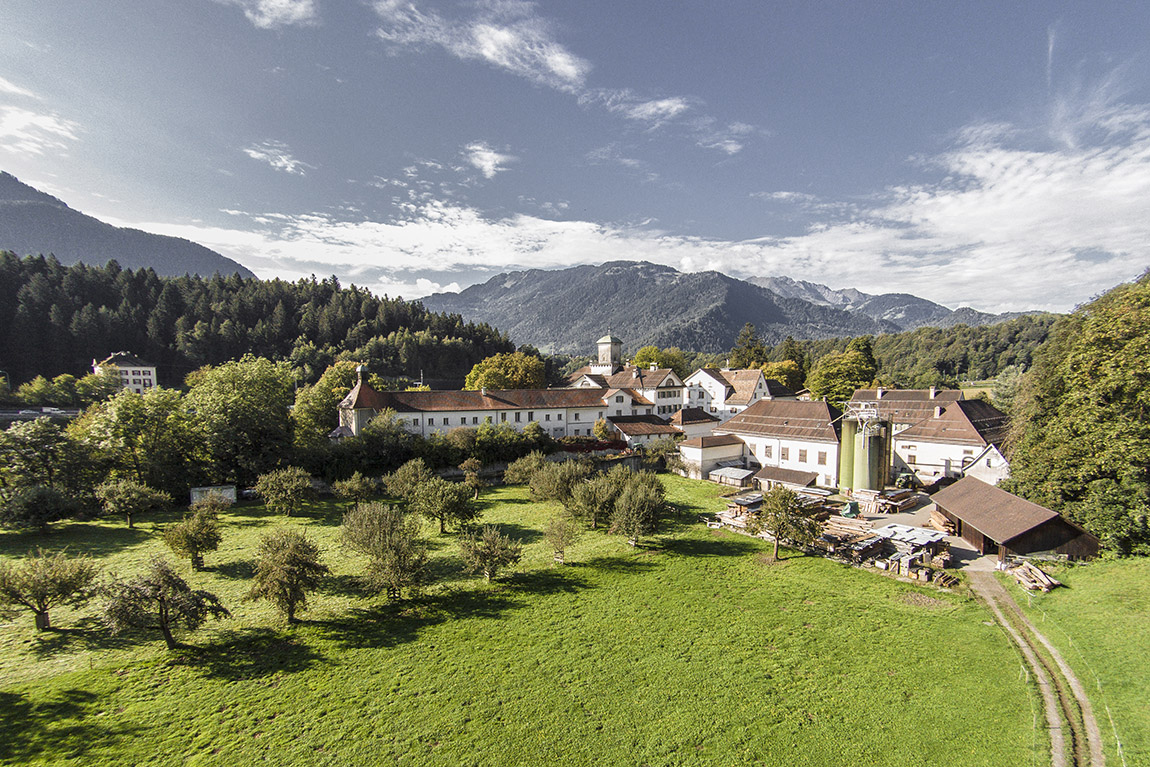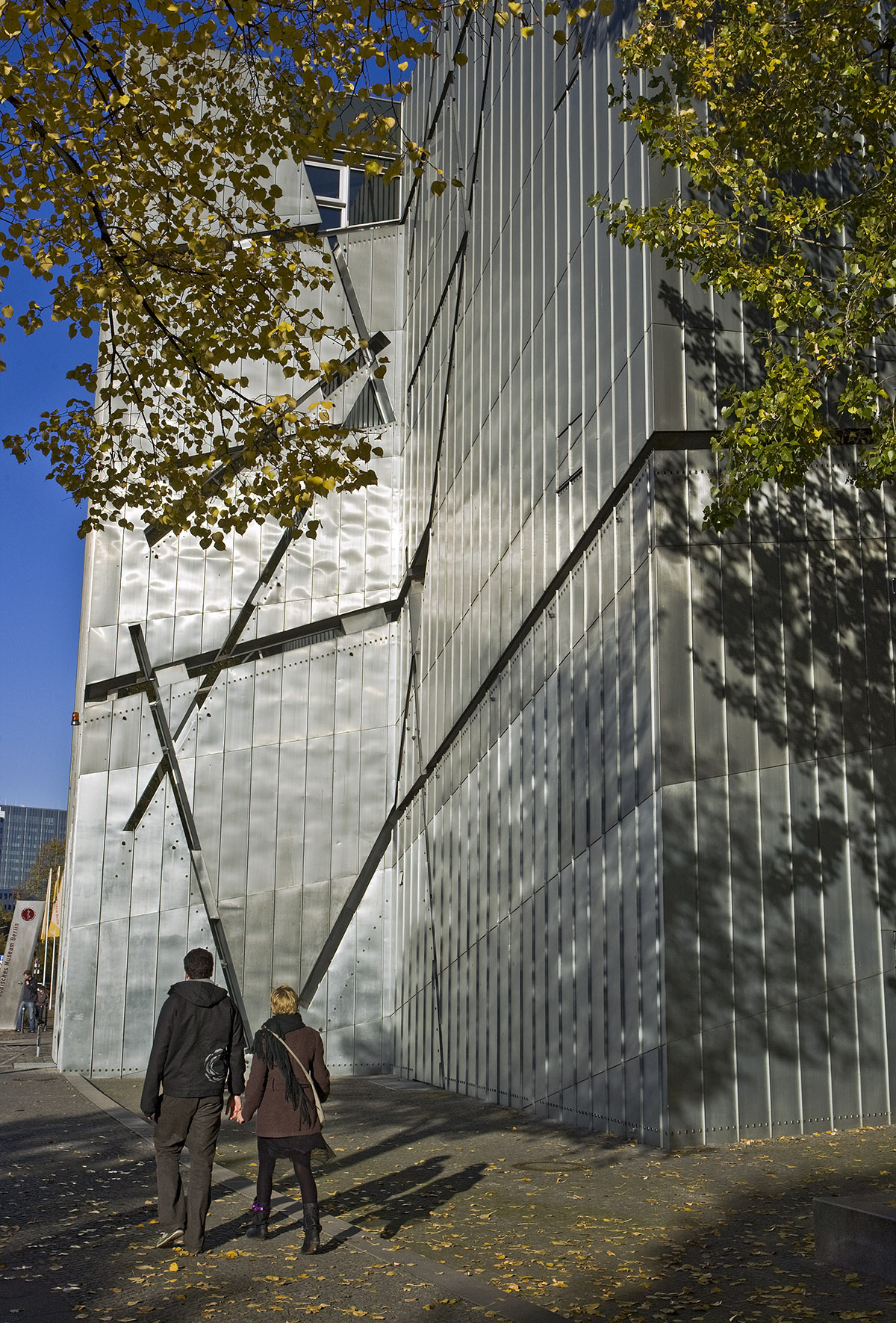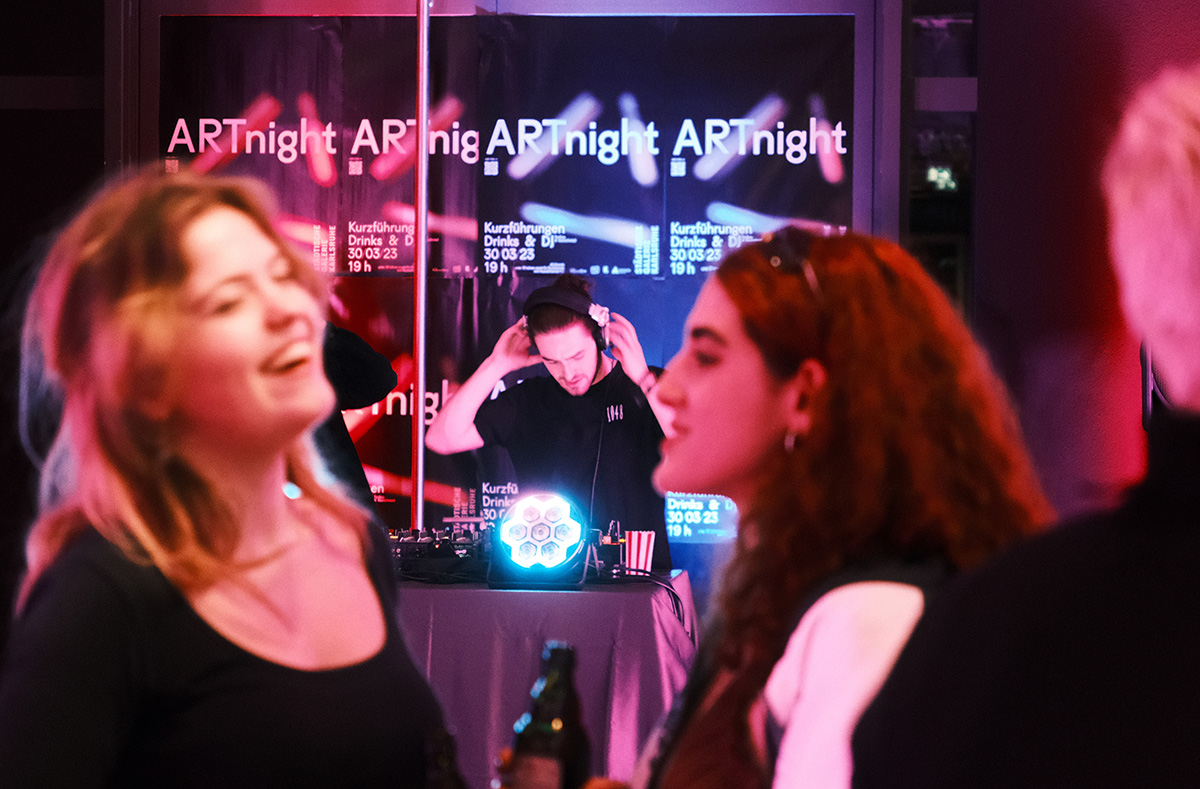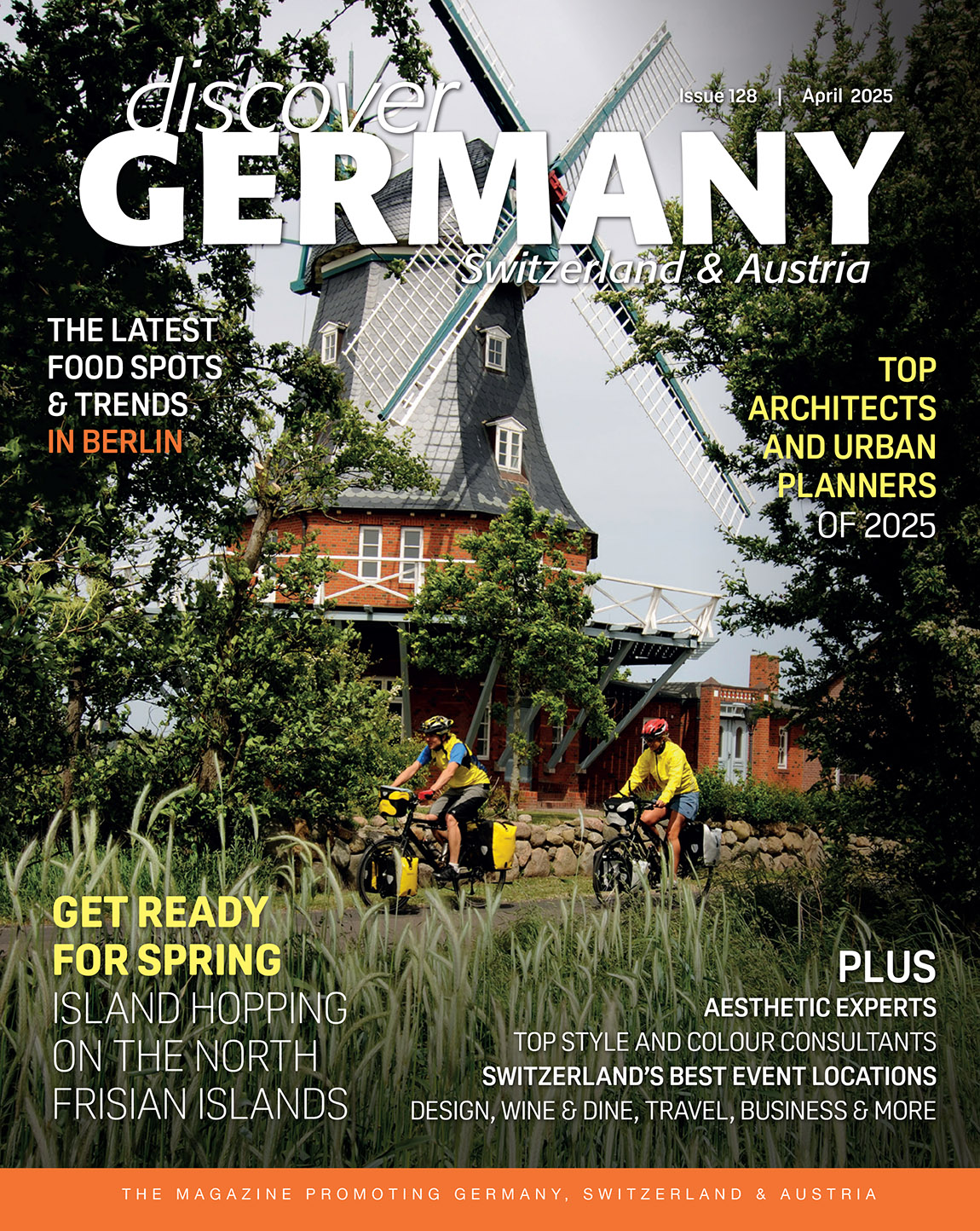Swiss You Were Here
TEXT & PHOTOS: WIBKE CARTER
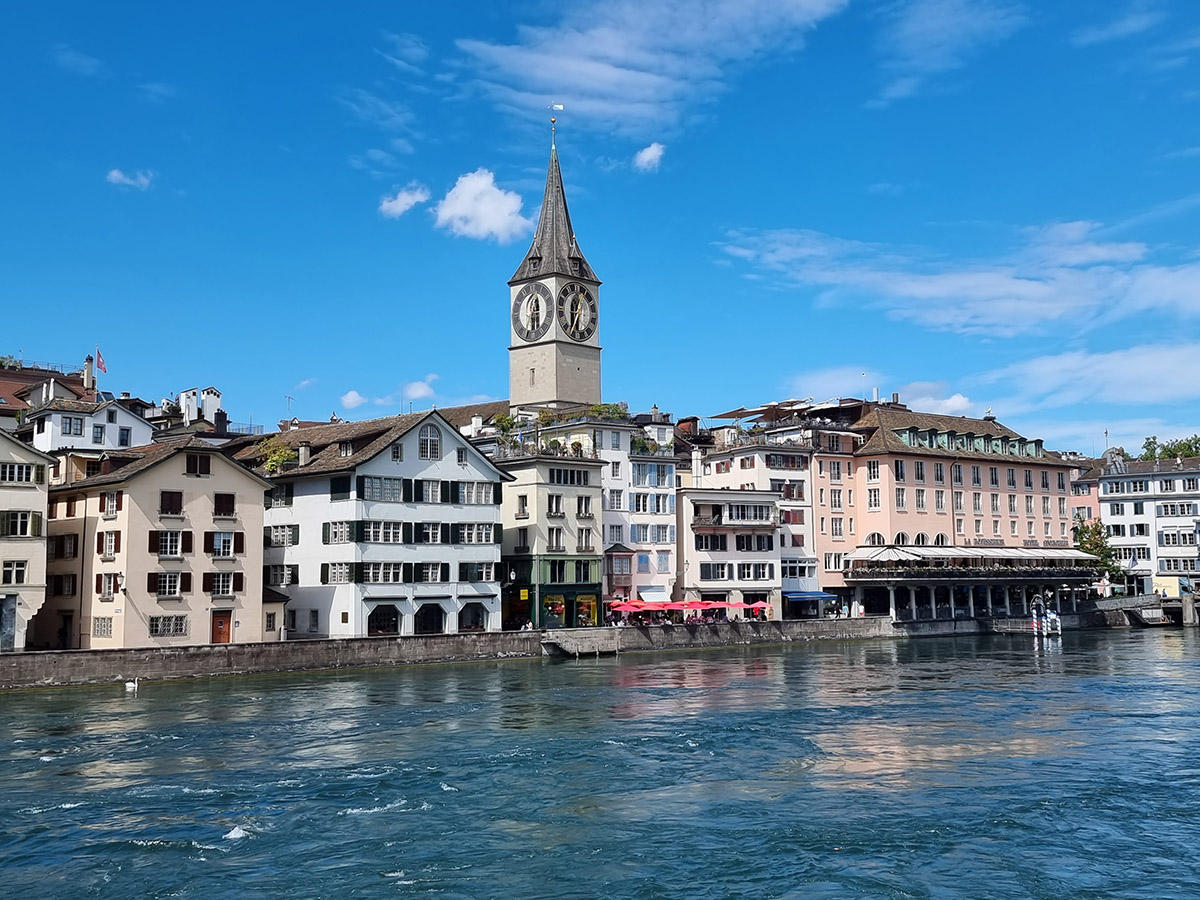
Zurich waterfront.
Zurich is one of the world’s most liveable cities. It may not be the capital, but with 400,000 inhabitants it is the largest city in Switzerland. Notoriously expensive to visit, Wibke Carter got her money’s worth without completely breaking the bank.
According to the magazine The Economist in its annual ‘cost of living index’ 2023, Zurich is, together with Singapore, the most expensive city in the world. But cast against the slopes of Lake Zurich. Spreading out along the rivers Limmat and Sihl, there is so much space, so much nature, so much fresh air. And these are free.
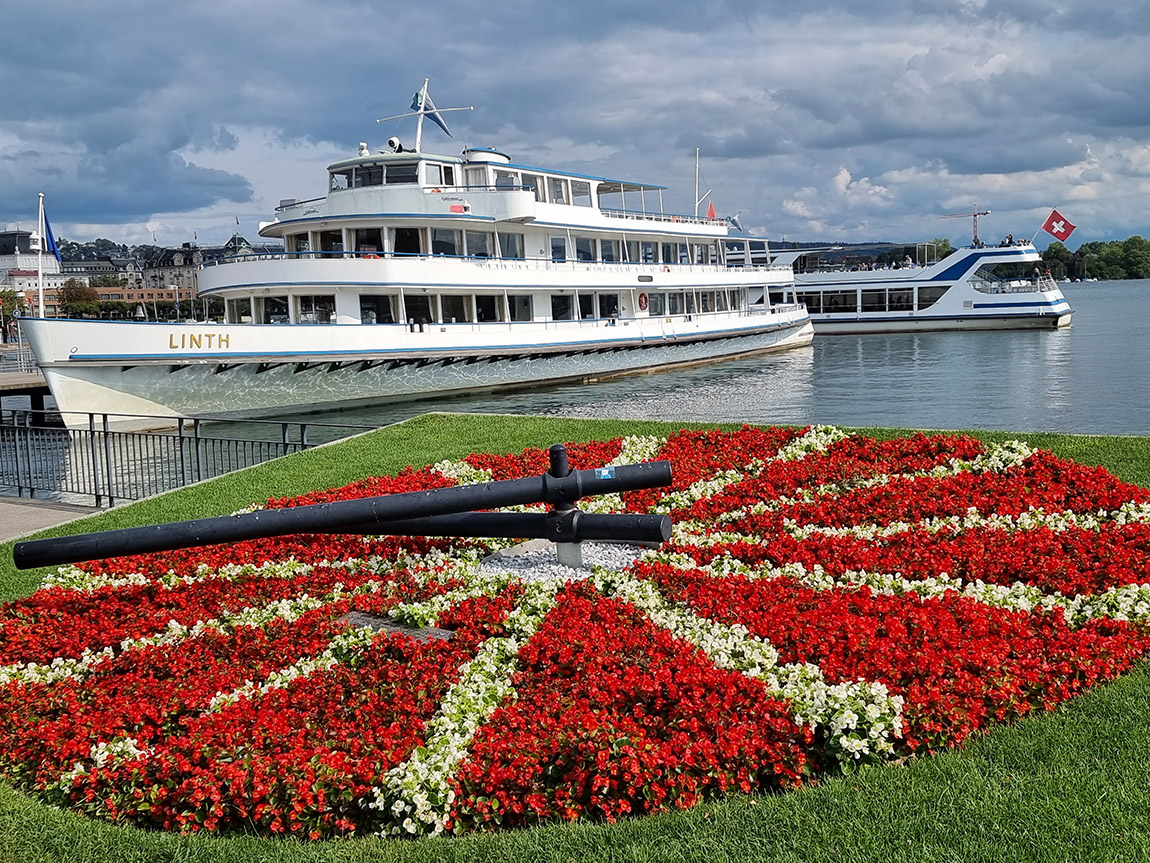
Flowers on lake shore.
Made for walking
Zurich is a big city in miniature form. The airport is ten minutes from the city, any distance can be covered in a good 20 minutes by bike, and the streets are clean. It’s a perfect place for walking and as I always find guided tours good value for money, I join a group at Bürkliplatz where fresh herbs, cut flowers, vegetables and local farm produce have been sold since the 16th century.
City guide Ity Tiwari, originally from India but now living in Zurich , points out one of the 1200 fountains which sprout pristine drinking water. The bottle is filled up quickly.
We walk the Bahnhofstrasse, the main shopping boulevard, which was modelled after Paris’ Champs Elysees, while Tiwari points out boutiques, department stores and timepiece shops to me. On a length of 1,4 kilometres, at the spot where city moats stood 150 years ago, the Bahnhofstrasse connects the main railway station with the lake which we arrived at before long.
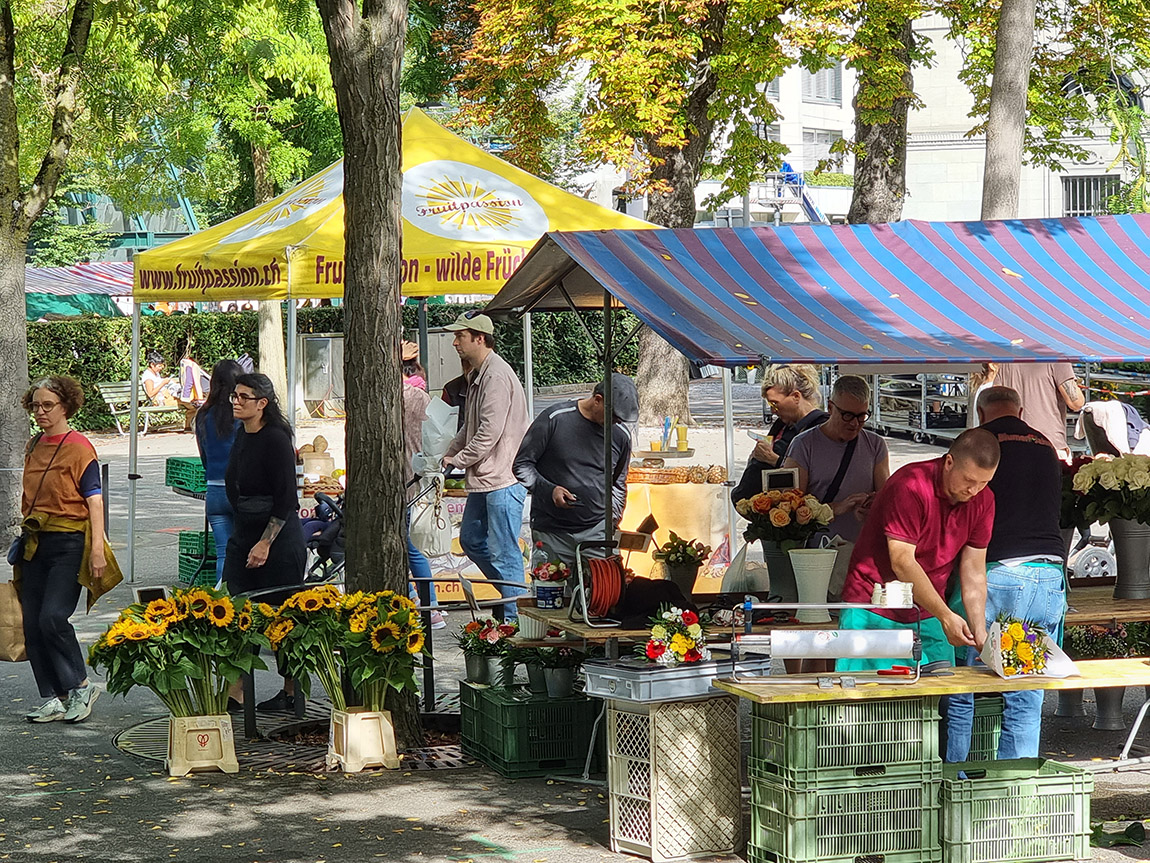
Bürkliplatz market.
The have and have nots
“The left-hand side of the lake is called the ‘Golden Coast’ thanks to its sunshine hours, low tax rates and high property prices,” explains Tiwari. “You can see beautiful houses and villas along the shore. The other side though is nicknamed the ‘Sniffle Coast’ for reasons you can imagine,” she laughs.
Prominently gracing the lakefront is the statue of Ganymede which since its erection in 1952 has become a symbol of Zurich’s gay community. Sculptor Hermann Hubacher immortalized man’s longing to reach Olympus: With his hand raised, Ganymede asks Zeus (who appears as an eagle) to take him there.
While a Swiss law decriminalizing homosexuality came into force in 1942, it took much longer for half the population to gain certain rights. Switzerland was one of the last European countries which finally allowed women to vote in 1971.

Ity Tiwari.
Free spirits
Next to the lake stands one of Zurich’s landmarks, the opera house. After the original building, the Aktientheater burned down in 1834, it was rebuilt in 1891. During his exile from Germany, Richard Wagner staged most of his performances here, including the first international showing of Parsifal.
The Opernplatz is the city’s biggest square, and numerous seating opportunities provide space for a break. “The chairs are sets of twins,” says Tiwari. “The idea behind it is that people are invited to put them opposite or next to each other to start a conversation.” And so do we.
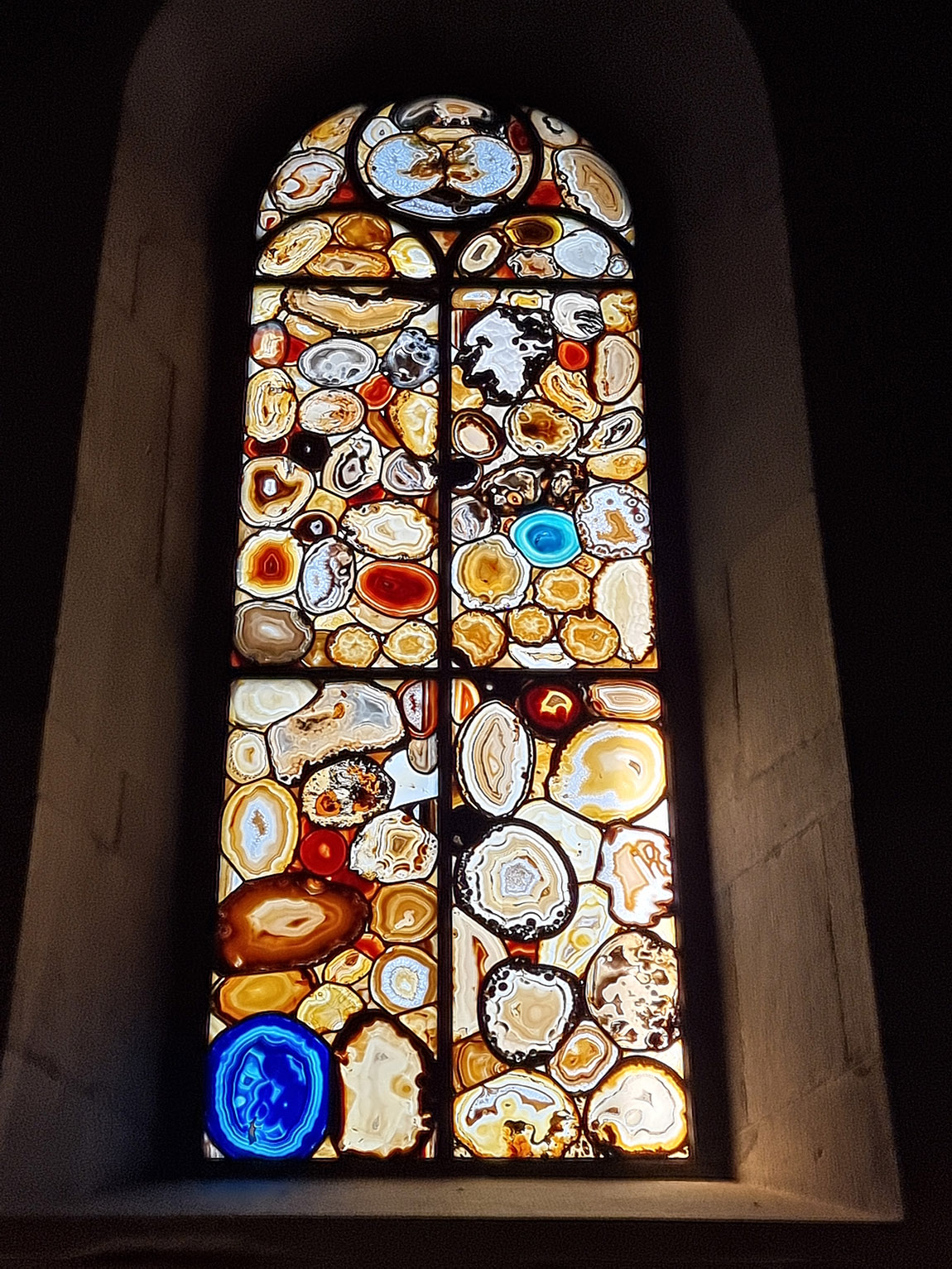
Agate stone windows, Grossmünster.
Tiwari passes around bites of Taucherli, her favourite local chocolate, while talking about the world’s first vegetarian restaurant (Haus Hiltl in 1898) and the Kronenhalle which Picasso frequented and then due to lack of money for his meal, paid with a painting that still hangs there today.
We turn around and head back to the Limmat river where we pass a ‘Badi’. With over 40 pools, the city offers plenty of chances to take a refreshing dip. The bathing spots on Lake Zurich and the Limmat are open to the public and – especially by Swiss standards – are very affordable.
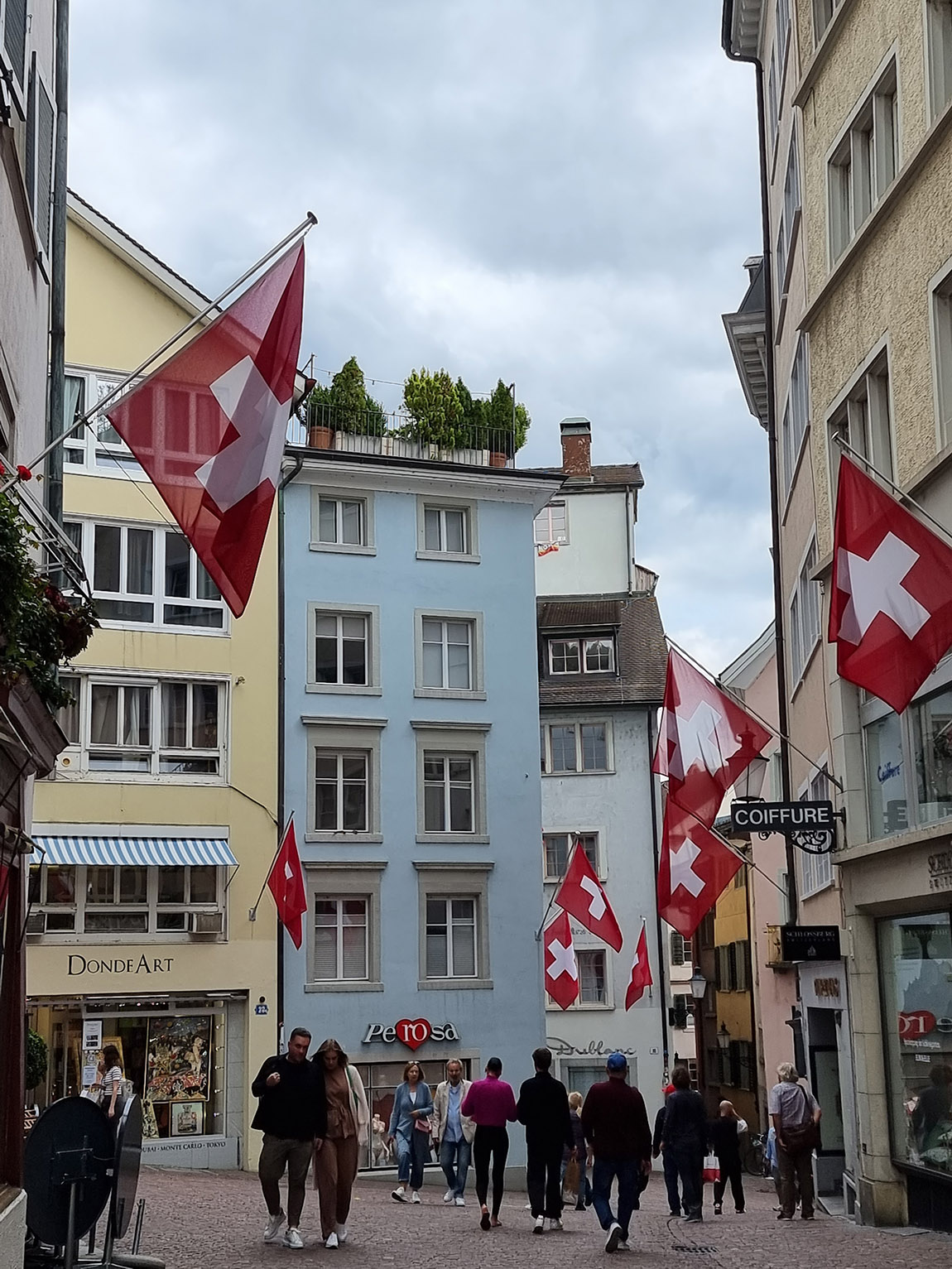
Old town roads.
High up
Across the river towers the Frauenmünster, a cathedral which has become world-famous for its glass windows. The painter Marc Chagall created a five-part cycle in the choir and a rose window in the south transept in the 1970s.
The second church dominating the Old Town’s skyline is the Grossmünster. Founded by Charlemagne allegedly upon the graves of the city’s saints Felix and Regula, it became the starting point of the Swiss-German Reformation in the 16th century.
The next day I hike up Uetliberg, Zurich’s local mountain. From the top, there is a wide-reaching view over the city, Lake Zurich and, on a clear day, a glimpse of the Alps can be seen. In summer, the mountain is a popular starting point for hikes, for example, to the Felsenegg viewpoint, some six kilometres away.
And because cosy moments like these are free, I take a seat on a bench, take a deep breath and look out over the magnificent scenery…
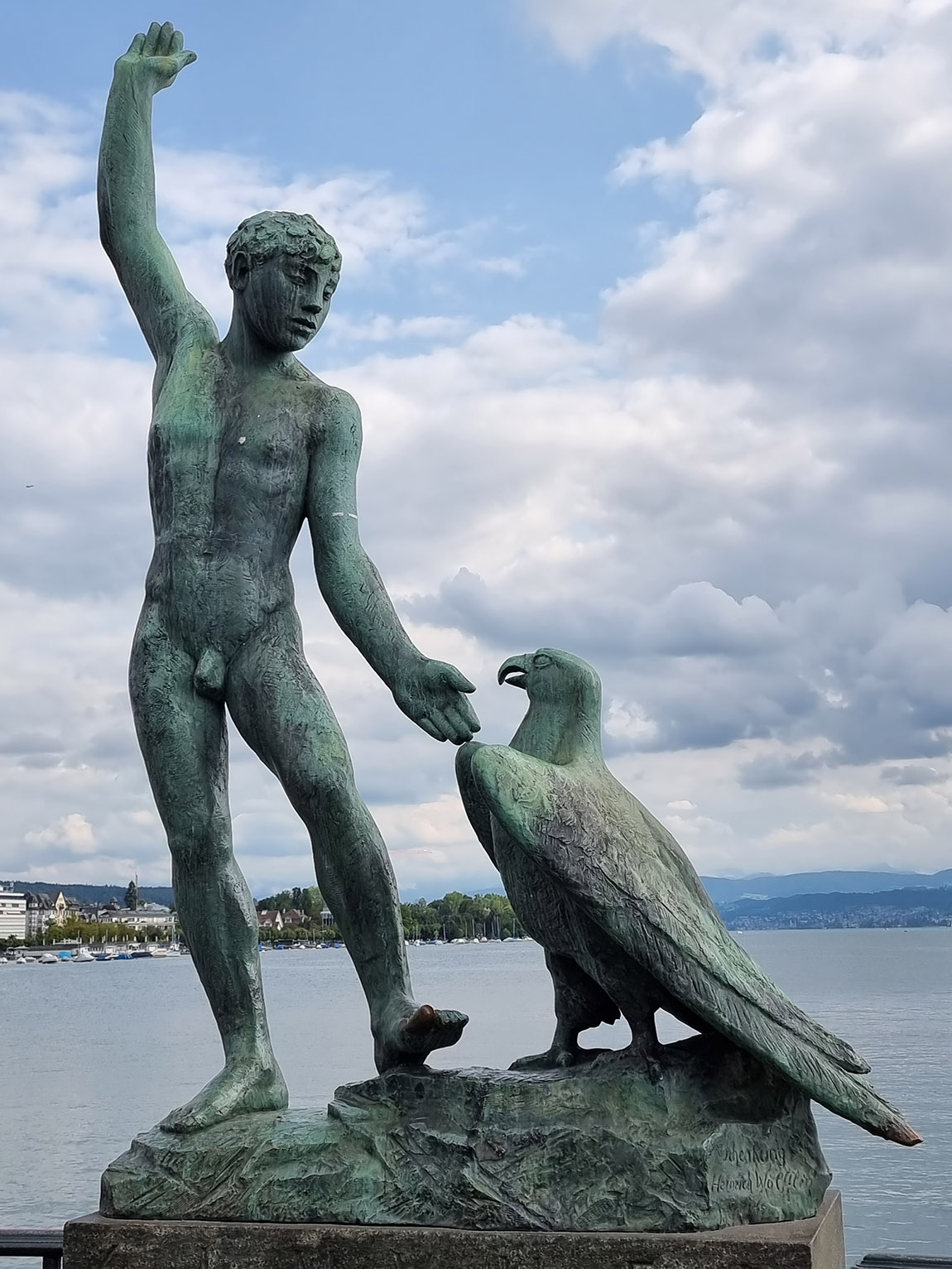
Ganymede statue.
www.zuerich.com
www.creativ-ity.com
Subscribe to Our Newsletter
Receive our monthly newsletter by email

